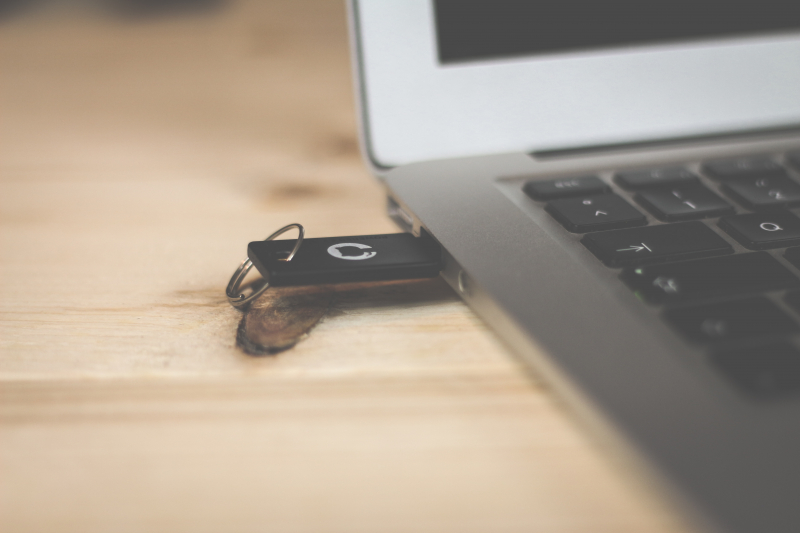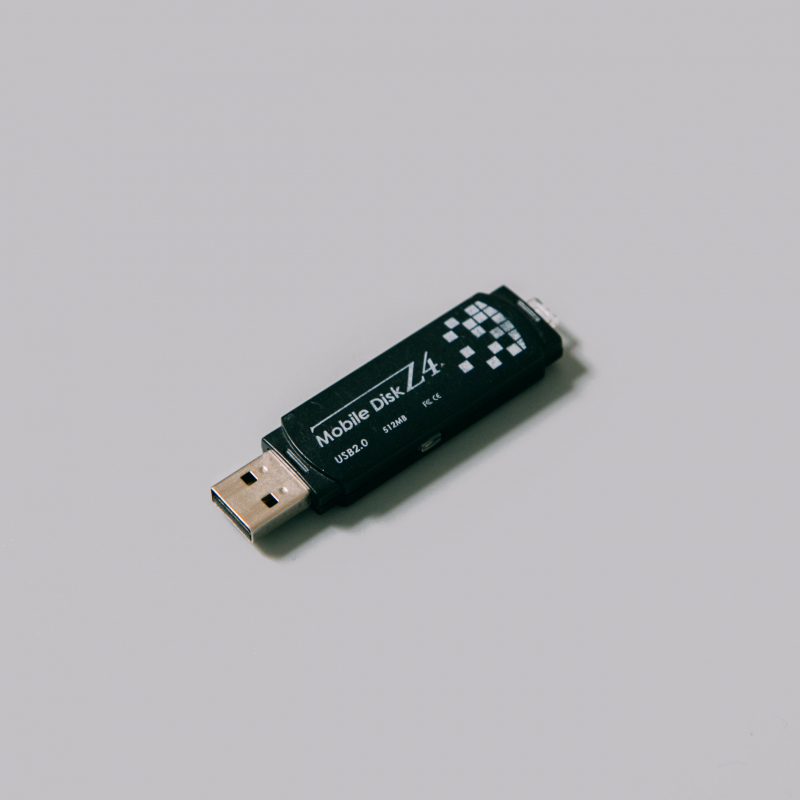Installing Windows 10 With a Bootable USB Drive
Now that you have successfully created the installation media, you can install Windows 10 via your USB drive. Since the USB drive is now bootable, remove it from your PC and insert it into the target device.
Power on the computer where you intend to install Windows 10 and give it a moment to detect the presence of the USB drive. If it doesn't recognize it, consider rebooting the system and, during the restart, press the appropriate key to access the UEFI/BIOS or boot menu. Ensure the USB device is detected and designate it as the primary boot device.
Upon reboot, your system should recognize the Windows 10 installation media. This marks the commencement of the Windows 10 installation process, and you can proceed by following the installation wizard's instructions.
Once you've completed the setup wizard, Windows 10 will be installed. Remember that some installation procedures may continue after you've logged in, so exercise patience. It's also advisable to check for any available Windows Updates after installation through the "Settings" menu, under "Updates & Security", and then "Windows Update" to ensure you're running the latest version of Windows 10.





